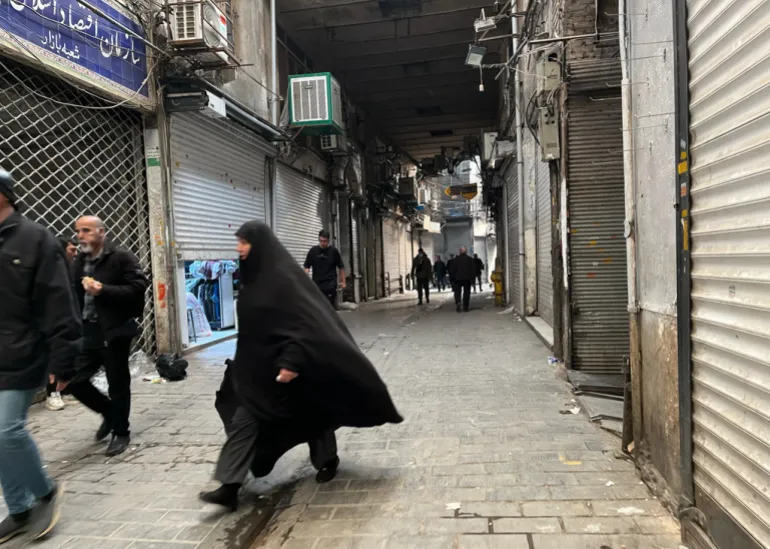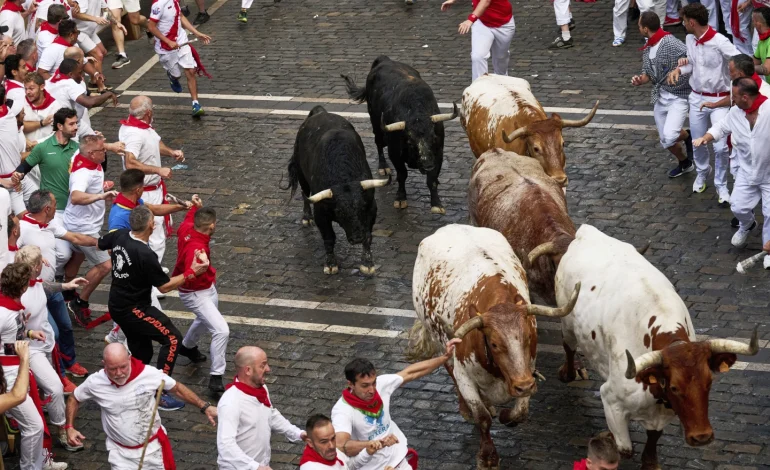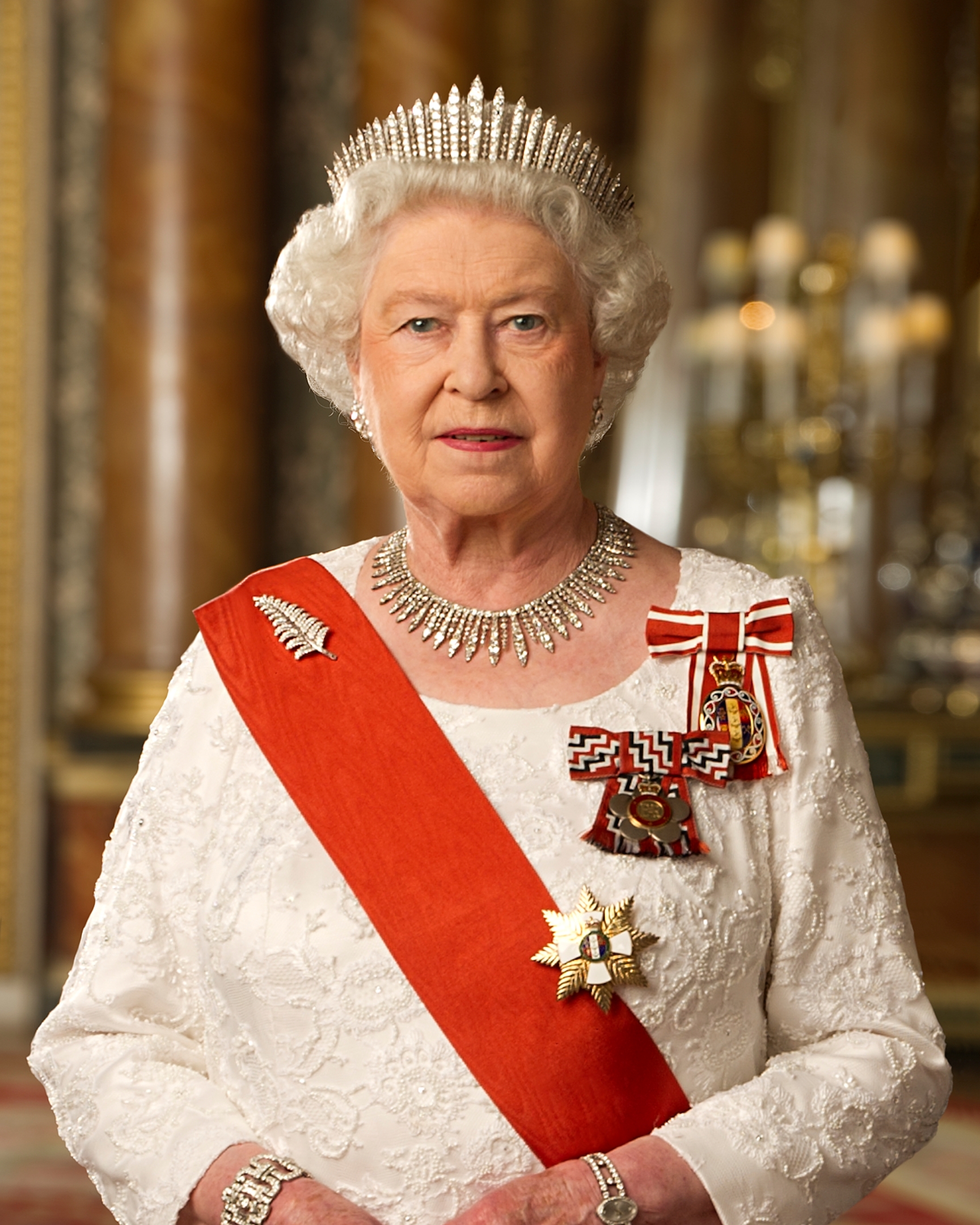Thousands of thrill-seekers raced alongside six charging bulls through Pamplona’s narrow cobblestone streets on Monday, marking the start of the famed San Fermín festival.
The “encierro,” a roughly 846‑meter run beginning at 8 a.m. daily through July 14, drew up to 4,000 participants dressed in traditional white and red attire. Runners dodged horns, skidded across the slippery course, and tumbled into frantic pileups—all under the watchful eyes of onlookers lined behind barricades and from balconies.
The event is broadcast nationwide and is often characterized by its chaotic energy: while bull goring is relatively rare, medical personnel treated numerous injuries from falls and collisions during Monday’s kickoff. Emergency responders were on standby to assist anyone hurt in the rush.
The festival had officially opened Sunday evening with the “chupinazo” firework blast, followed by exuberant celebrations including wine showers and chanting. Over the next nine days, each afternoon culminates in traditional bullfights where the morning’s bulls are led to the ring.
With a history marked by both fame and controversy—and at least 15 deaths recorded since 1910—the San Fermín festival remains a powerful cultural event, drawing global attention and annual protests from animal rights activists.
With input from AP News










The latest news in your social feeds
Subscribe to our social media platforms to stay tuned